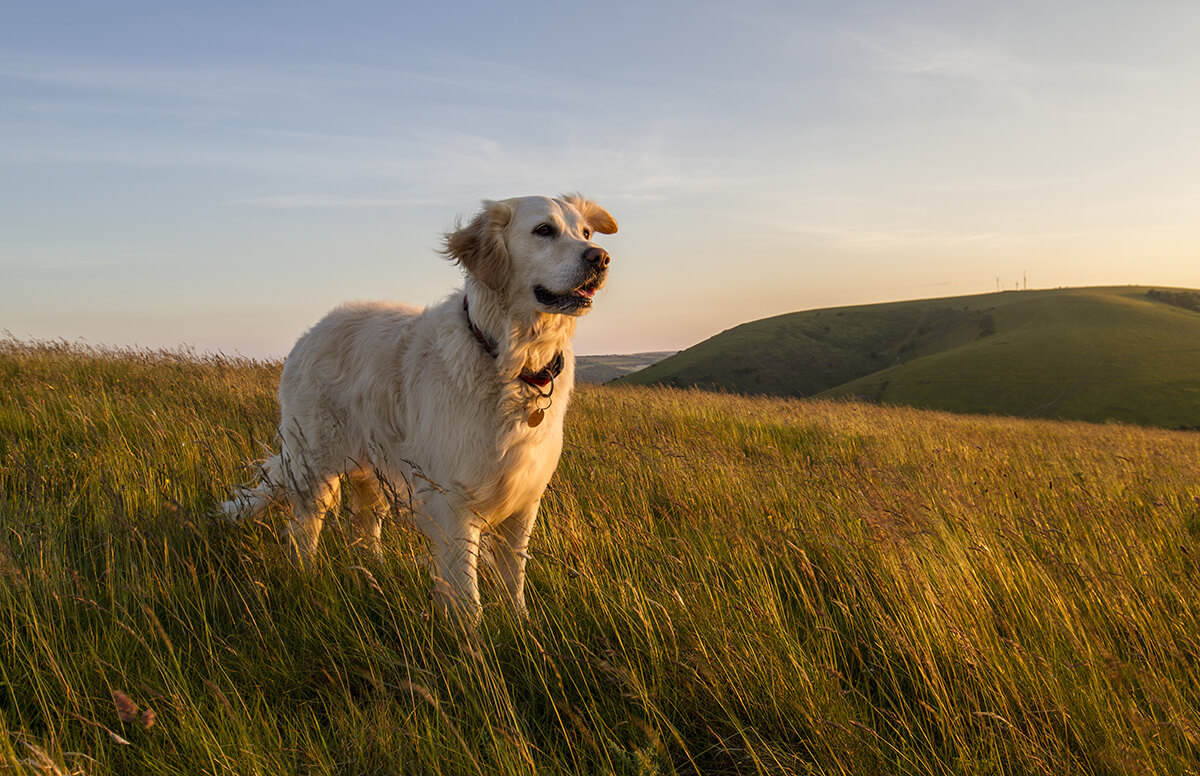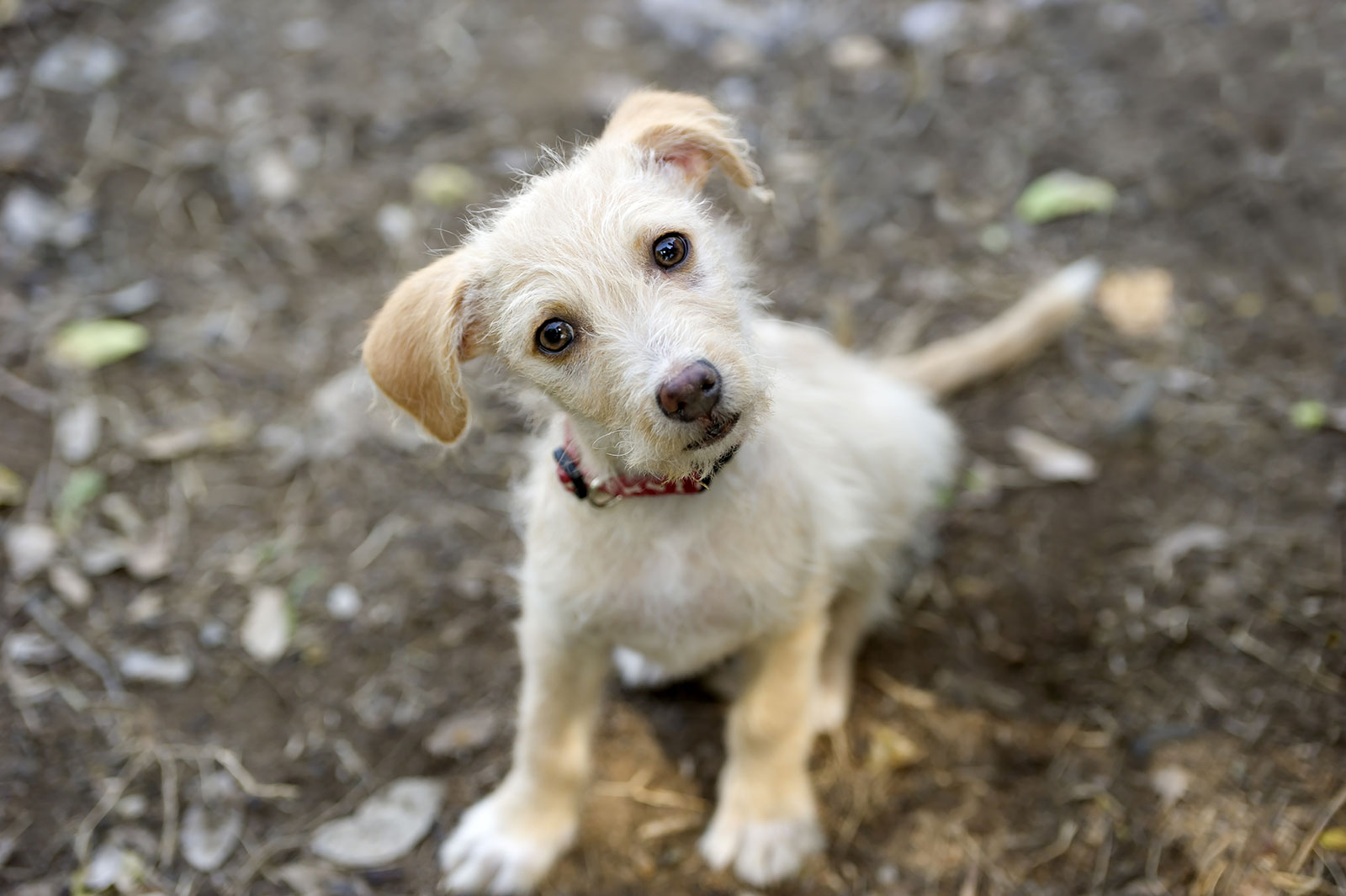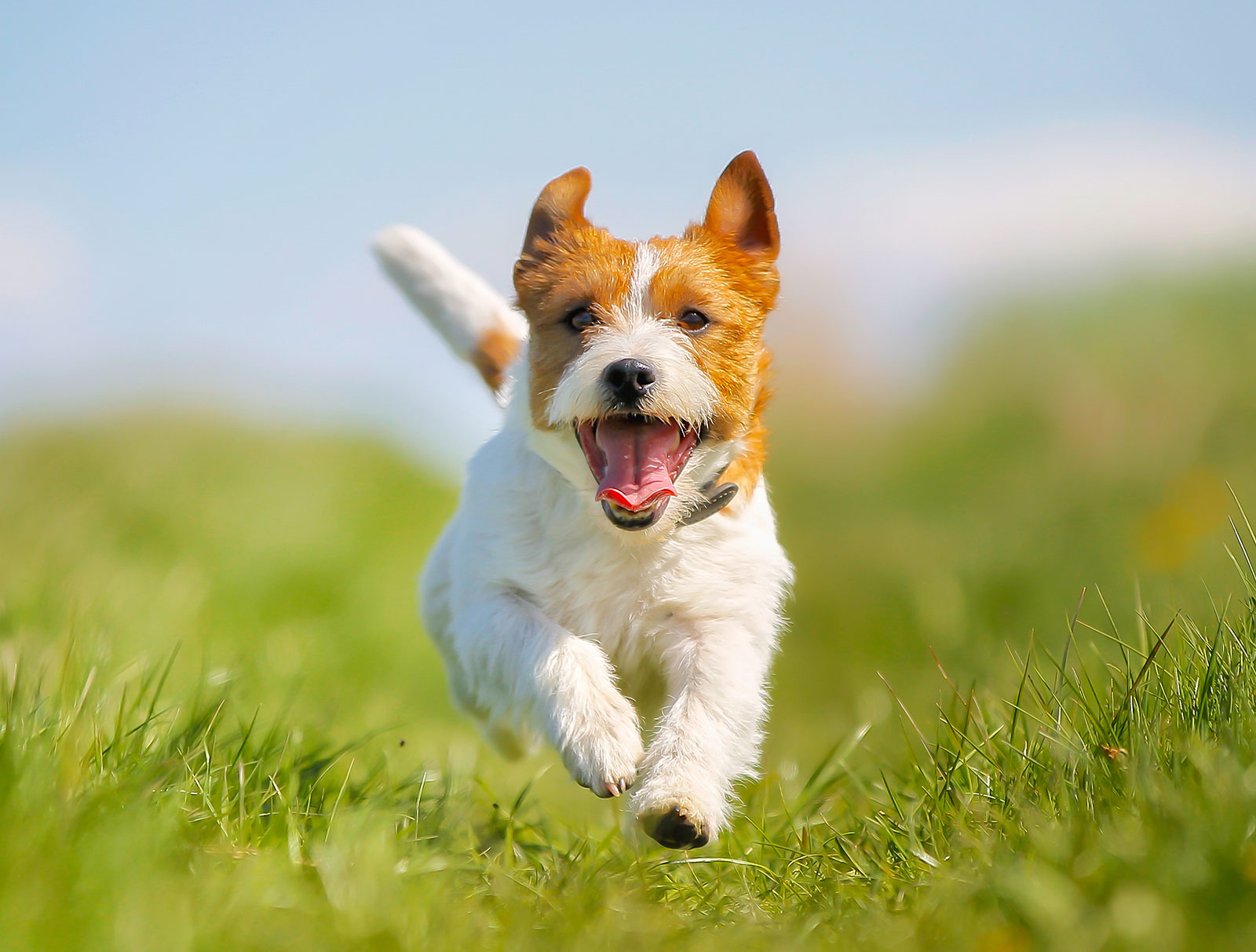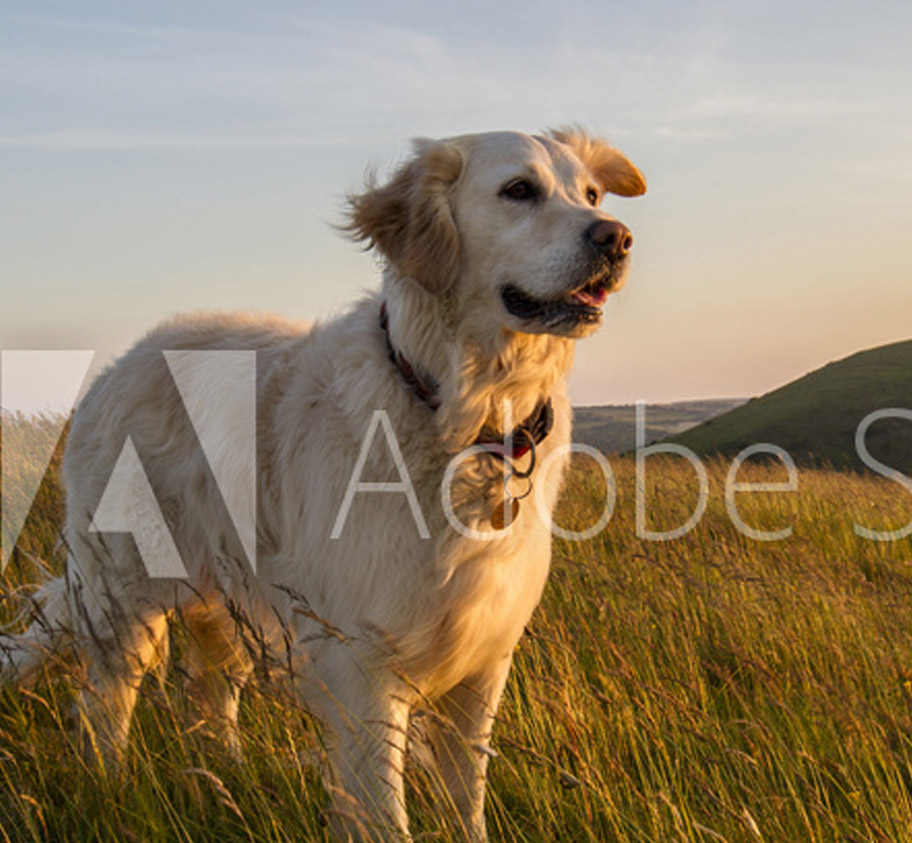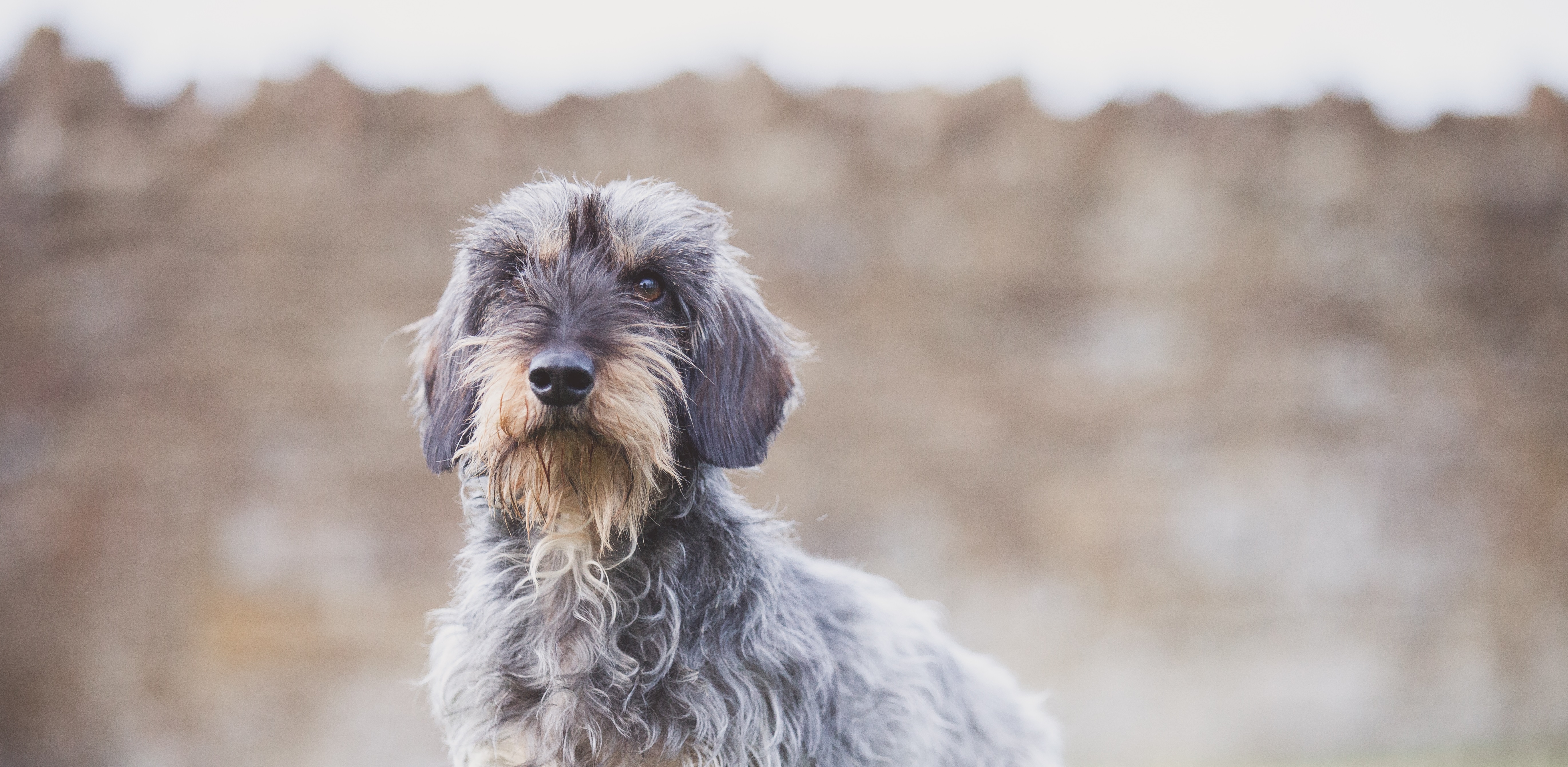
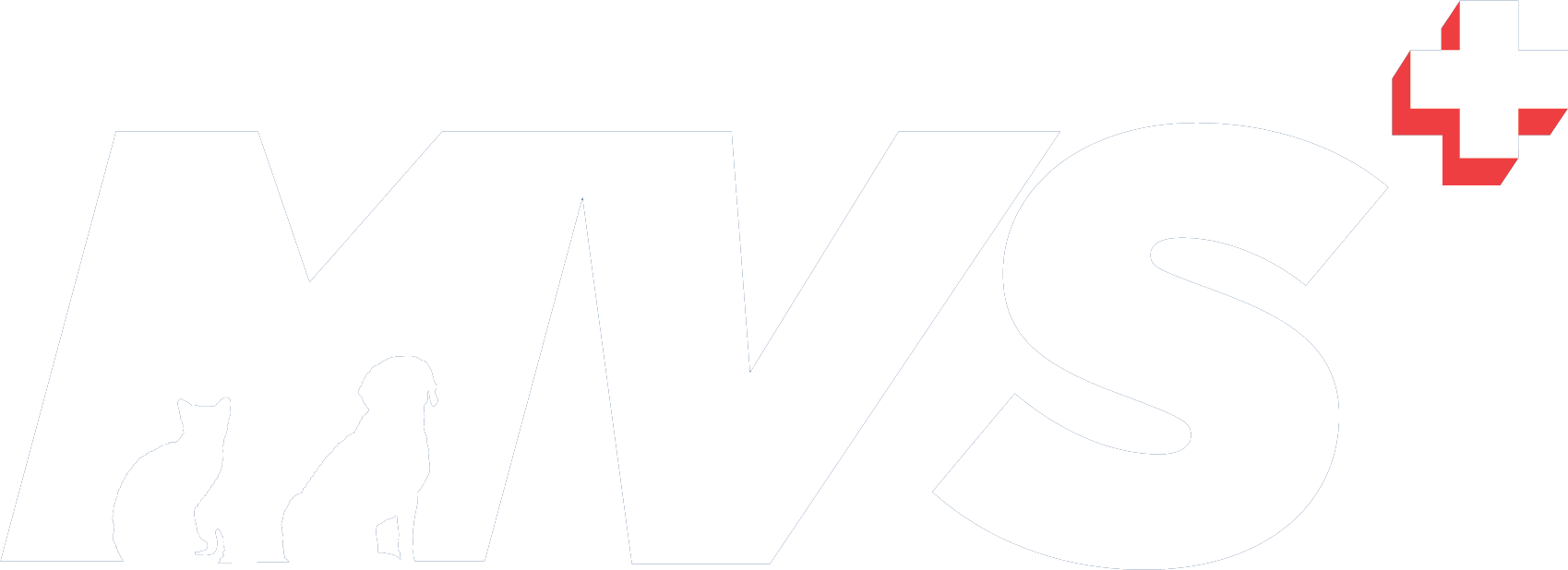 Menu
Menu
Stifle luxation in the dog and the cat
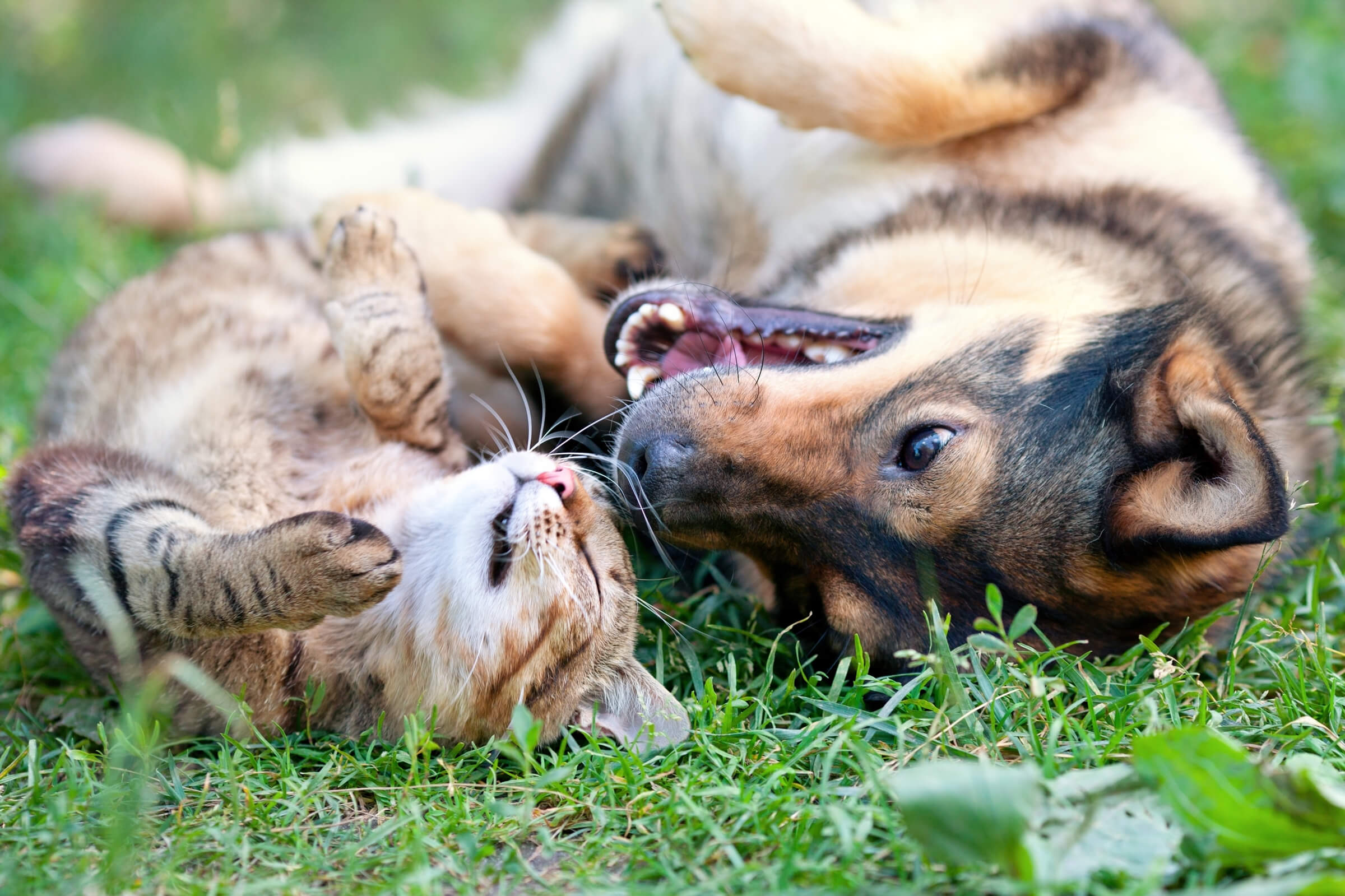
Stifle luxation in the dog and the cat
Stifle luxation is the term used to describe dislocation of the tibia bone in relation to its position with the femur and the patella (kneecap). It is a serious injury usually caused by a direct or indirect trauma to the stifle joint. Luxation of the stifle joint is not a very common injury because of the many soft tissue structures attributing great stability to the joint. These structures include the cranial and caudal cruciate ligaments, the medial and lateral collateral ligaments, as well as the robust muscular components in the region, most notably, though not restricted to, the quadriceps muscle and the patella tendon. Because of the high force required to cause this sort of injury, concurrent injury such as fracture may also be present.
It is more common an injury in cats than dogs.
What are the signs of stifle luxation?
Cats usually present with a non-weightbearing lameness on the affected limb, along with severe soft tissue swelling and an obvious stifle instability. Affected dogs present similarly. A history of trauma may be present. The affected limb is usually painful and manipulation of the joint region is resented.
How is stifle luxation diagnosed?
Stifle luxation is usually suspected following clinical examination and history at presentation, though definitive diagnosis is obtained via examination under sedation/general anaesthesia (to palpate the obvious instability) and radiography (to confirm suspicions and exclude concurrent injury). Sedation or general anaesthesia is usually necessary for diagnosis, as the patient is often too painful to allow meaningful examination.
How is stifle luxation treated?
Treatment of stifle luxation is aimed at replacing the damaged soft tissues of the joint in order to reconstruct a stable anatomic joint able to function for adequate weight-bearing and limb mobility.
To achieve this, primary repair of the damaged structures is attempted and temporary immobilisation of the stifle joint is required for a minimum period of two-three weeks. This allows time for primary repair and periarticular fibrosis (scar tissue formation) without allowing too long a period of time for the joint to become stiff and lose function. External splints and casts do not allow for adequate stabilisation, so usually an external fixator (pins and connecting bars through the skin to bone) or a transarticular (across the joint) pin may be used to achieve this. Cats normally tolerate this quite well. Dogs may need careful monitoring to assure strict rest of the limb for the required period.
What is the prognosis long-term for a pet that suffers this injury?
The prognosis for cats with this injury is usually favourable. Strict rest is essential during the early postoperative phase.
Gentle use of the limb is vital following the initial rest period to prevent damage to the repair and ensuing fibrosis but also to allow for long term joint motion and function. The vast majority of cases return to good limb function over time and achieve a good long term result.
In dogs, the prognosis is more variable depending on the size of the dog, the temperament and activity levels, as well as the severity of the injury. In cases where the outcome is less favourable, salvage options such as stifle arthrodesis (joint fusion), limb amputation, or customised total knee replacement may be warranted, though these are seldom indicated.
Stay in touch
Follow us on social media and keep up to date with all the latest news from the MVS clinic.
